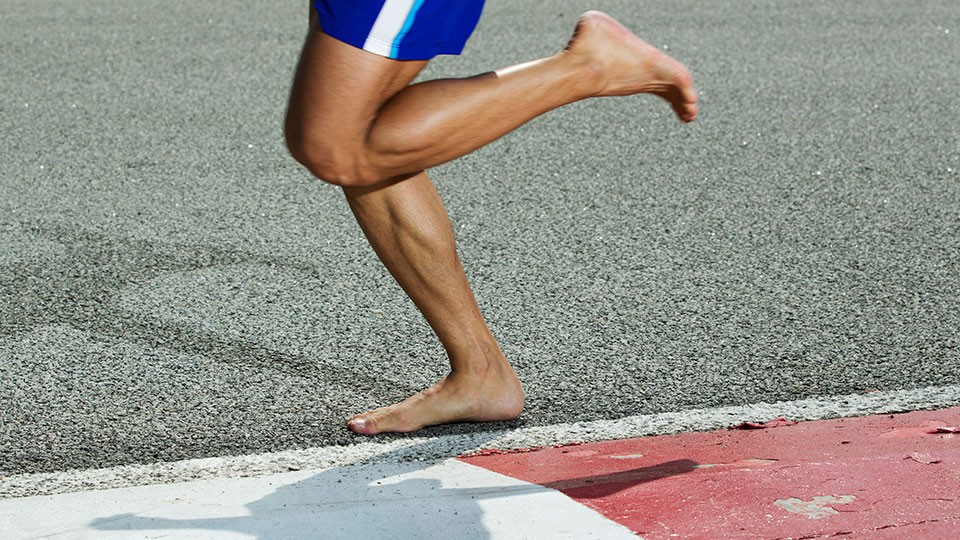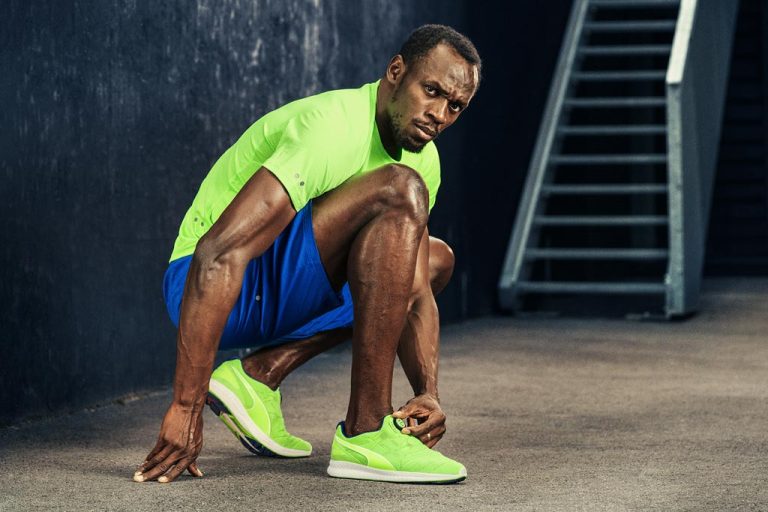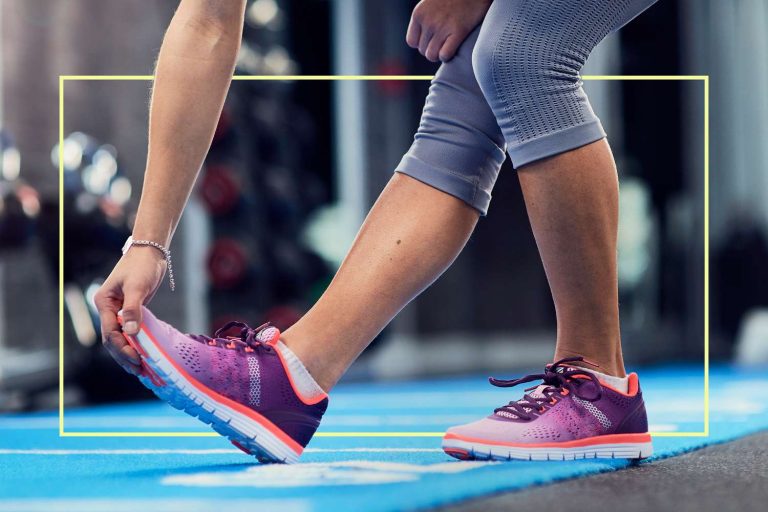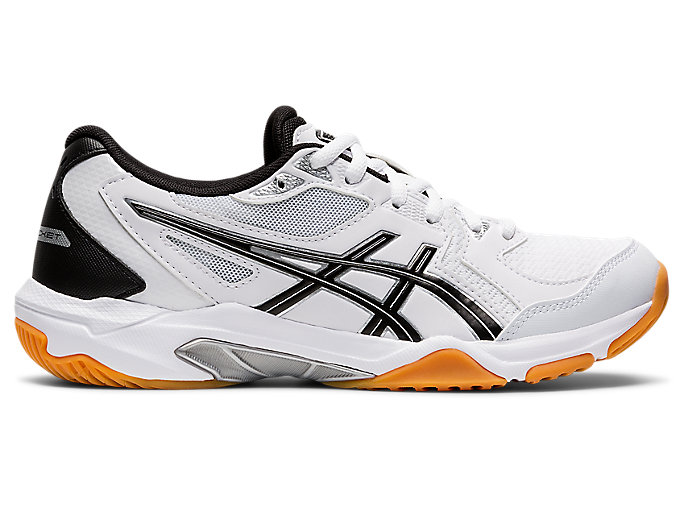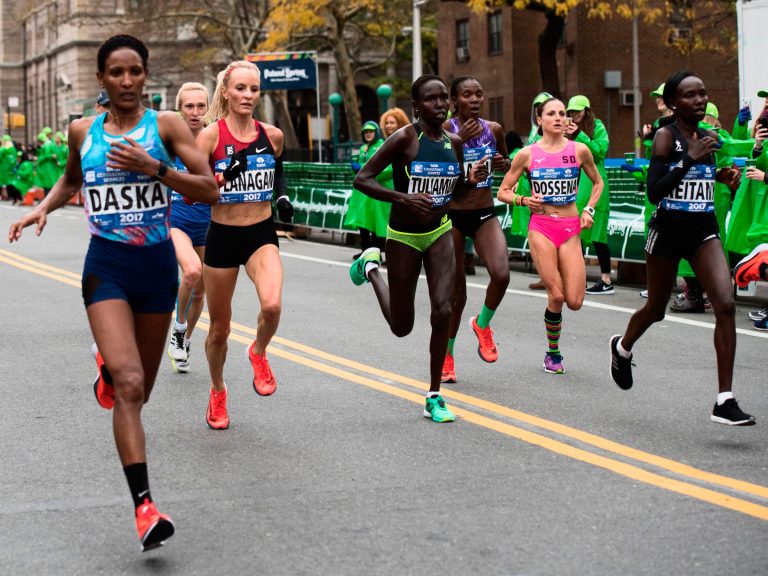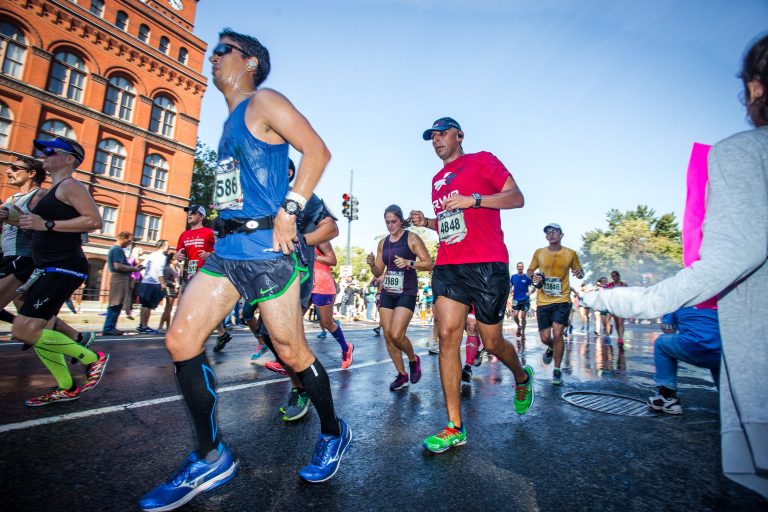Is It Fine to Run Barefoot?
Running barefoot can be fine for some people, but it’s important to consider individual foot strength and running style. There are potential benefits to barefoot running, such as improved balance and stronger foot muscles, but it also carries the risk of injury if not done properly.
This article will explore the pros and cons of barefoot running, provide tips for safely transitioning to barefoot running, and discuss the importance of listening to your body. Whether you’re a seasoned runner or a beginner looking to try something new, understanding the nuances of barefoot running will help you make an informed decision about whether it’s right for you.
By the end of this article, you’ll have a clearer understanding of the considerations involved in barefoot running and how to approach this unique form of exercise safely and effectively.
Credit: www.quora.com
The Pros Of Barefoot Running
Enhanced Strength and Balance: One of the main benefits of barefoot running is that it helps to enhance strength and balance. When running without shoes, your feet are forced to work harder, which leads to increased muscle engagement and improved overall strength. This can be particularly beneficial for those who have weaker lower leg muscles or are prone to ankle sprains. Additionally, barefoot running helps to improve balance as it requires you to land more softly on your feet and distribute weight evenly. This can help to reduce the risk of injuries, improve coordination, and enhance proprioception. Improved Running Form: Another advantage of running barefoot is the improvement in running form. When you run without shoes, your body naturally adjusts its form to promote a more efficient and natural stride. This includes a shorter stride length, a quicker cadence, and a more midfoot or forefoot strike. By adopting a more efficient running form, you can reduce the impact on your joints and decrease the risk of common running injuries. Barefoot running also encourages a more natural gait, allowing your body to move in a way that is biomechanically sound.
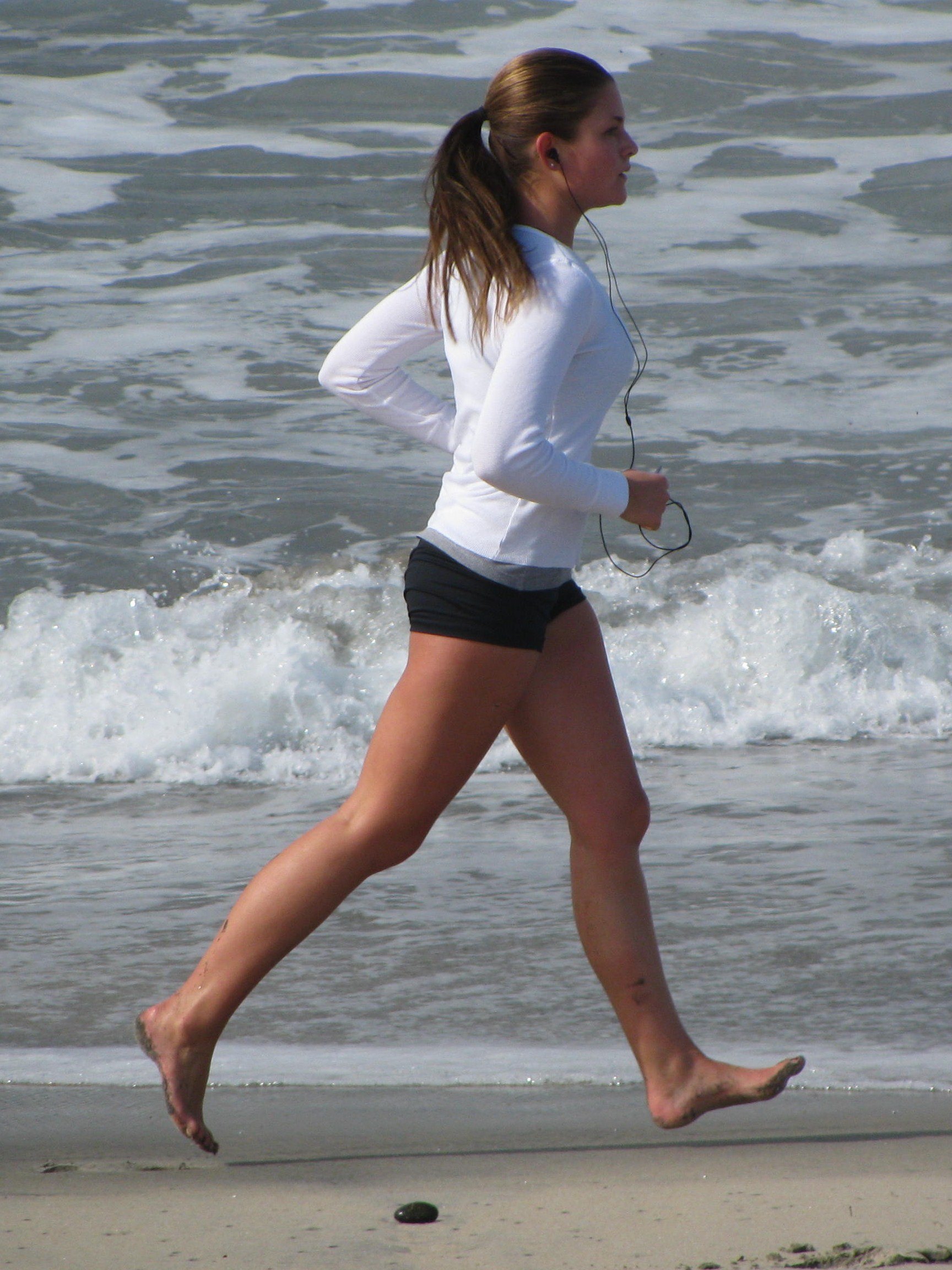
Credit: en.wikipedia.org
Potential Risks Of Barefoot Running
Running barefoot may seem liberating, but it does come with potential risks. One of the major concerns is the increased risk of abrasions and cuts on the feet. Without the protection of shoes, the skin is more vulnerable to friction and contact with rough surfaces. Additionally, the lack of a barrier between the feet and the ground heightens the risk of stepping on sharp objects. Whether it’s a small rock or a piece of glass, such objects can cause injuries and infections.
It’s important to be cautious when considering barefoot running, especially in environments where there may be debris or uneven surfaces. If you do decide to run barefoot, it’s advisable to start slowly and gradually build up your tolerance to minimize the risk of injury. Pay attention to your surroundings and be mindful of potential hazards that could harm your feet. Ultimately, the decision to run barefoot should be based on personal preference and careful consideration of the potential risks involved.
Tips For Safe Barefoot Running
Running barefoot can be beneficial for strengthening muscles and improving balance and stability. It is important to start slowly and gradually increase your distance to avoid injuries. Choose smooth surfaces such as grass or sand to reduce the risk of cuts and abrasions. Listen to your body and gradually build up your barefoot running endurance.
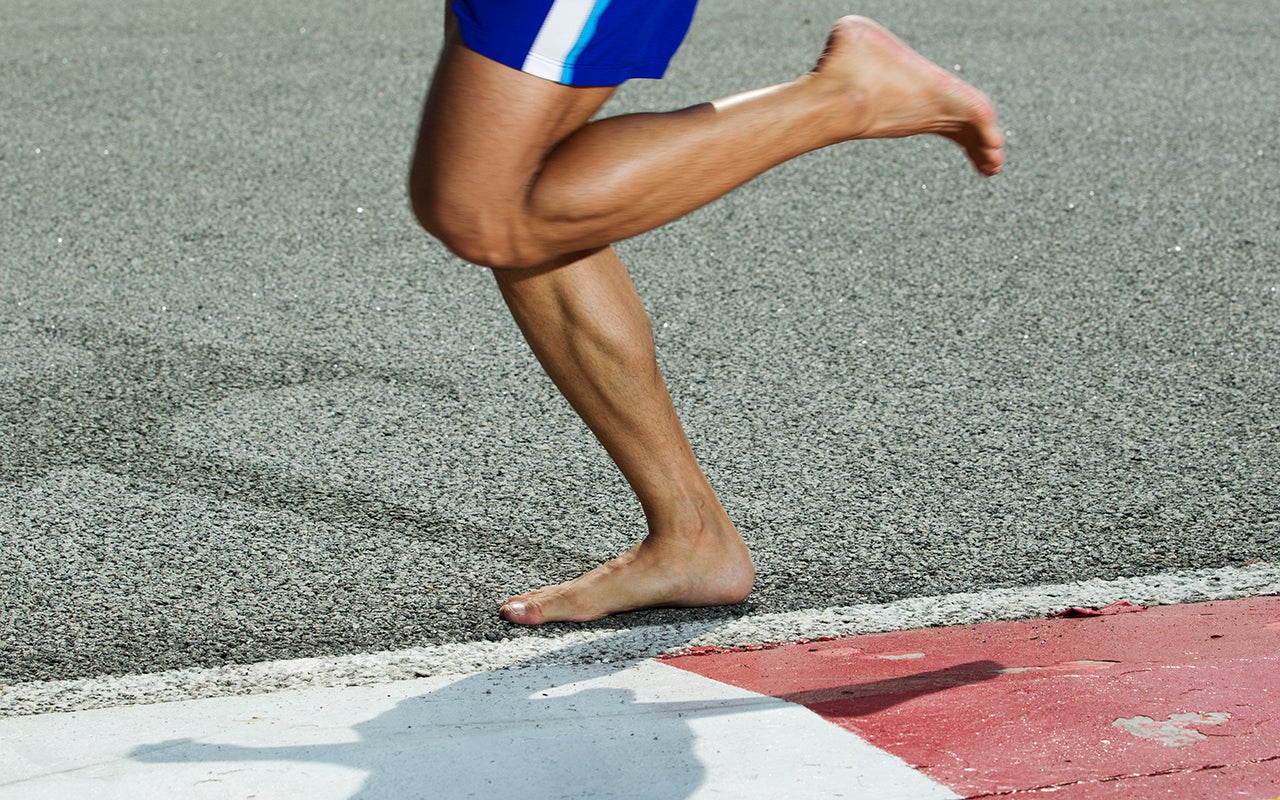
Credit: www.scientificamerican.com
Tools And Accessories For Barefoot Runners
Running barefoot can have benefits, but proper tools and accessories are crucial. Minimalist shoes provide protection without sacrificing the benefits of barefoot running. Toe socks are also essential for comfort and to prevent blisters. Choosing the right gear is essential for a safe and efficient barefoot running experience.
Transitioning To Barefoot Running
When transitioning to barefoot running, it’s crucial to make gradual adjustments to your mileage and intensity. Listen to your body and pay attention to any discomfort or pain as you make the switch. It’s important to start with shorter distances and lower intensity to allow your body to adapt to the new running style. As you progress, gradually increase your mileage and intensity while continuously assessing how your body responds. By being mindful of these factors, you can effectively transition to barefoot running without risking injury or overexertion.
Expert Opinions On Barefoot Running
Barefoot running has been a topic of debate in the fitness world. Experts suggest that it can be fine to run barefoot, as long as it is done with proper technique and gradually transitioning from shoes to barefoot. However, it is important to consider individual factors such as foot strength and running surface.
| Podiatrists’ Views | Athletes’ Experiences |
| Podiatrists suggest gradual barefoot running to strengthen feet. | Athletes report improved form, less injuries with barefoot running. |
| They advise considering foot structure and ground surface. | Transition slowly, focus on form and listen to your body. |
Frequently Asked Questions On Is It Fine To Run Barefoot?
Is It Good To Run Barefoot?
Yes, running barefoot can be beneficial. It strengthens foot muscles, improves balance, and promotes a natural running form. However, it’s important to transition gradually to avoid injuries and be mindful of the surface you’re running on.
Are Humans Meant To Run Barefoot?
Humans are naturally designed to run barefoot; it strengthens foot muscles and improves posture.
Is It Good To Run Barefoot On Grass?
Running barefoot on grass can be good for your feet as it provides natural cushioning and strengthens muscles. It helps improve balance and proprioception while reducing the risk of certain injuries. However, be cautious of any hazards in the grass that could cause injury.
Conclusion
Ultimately, going barefoot has pros and cons. Listen to your body before making a choice. Consider safety, terrain, and foot strength. Enjoy the benefits, but be cautious of potential risks. Embrace the natural sensation, but prioritize foot health above all.
Make an informed decision for your well-being.

